ECP therapy is typically performed in a clinical setting, with a series of sessions spanning several weeks, each lasting about 30 to 60 minutes. It is generally well-tolerated and is often recommended for patients who are not candidates for more invasive treatments such as angioplasty or bypass surgery.
Benefits of ECP Therapy:
Applications: While ECP therapy is commonly used for heart-related issues, ongoing research is exploring its potential benefits for a variety of other conditions, including chronic pain, stroke rehabilitation, and certain types of vascular disease.
In summary, ECP therapy is a promising non-surgical treatment option for patients with heart disease, aiming to enhance circulation, reduce symptoms, and improve overall heart function without the need for invasive procedures.
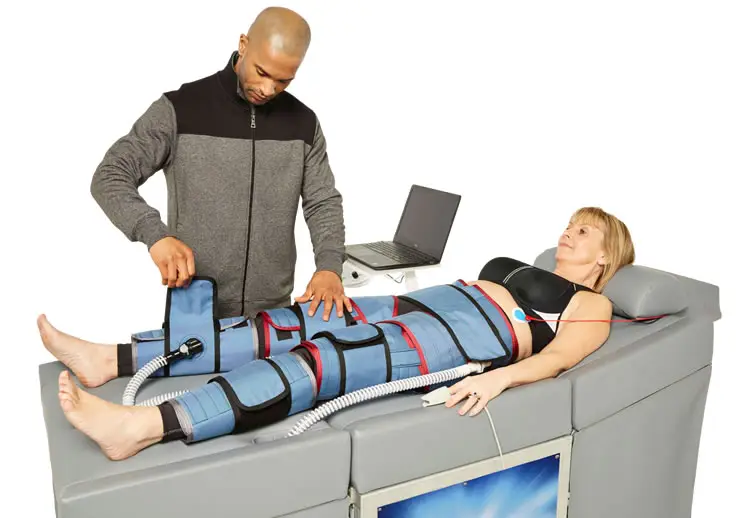
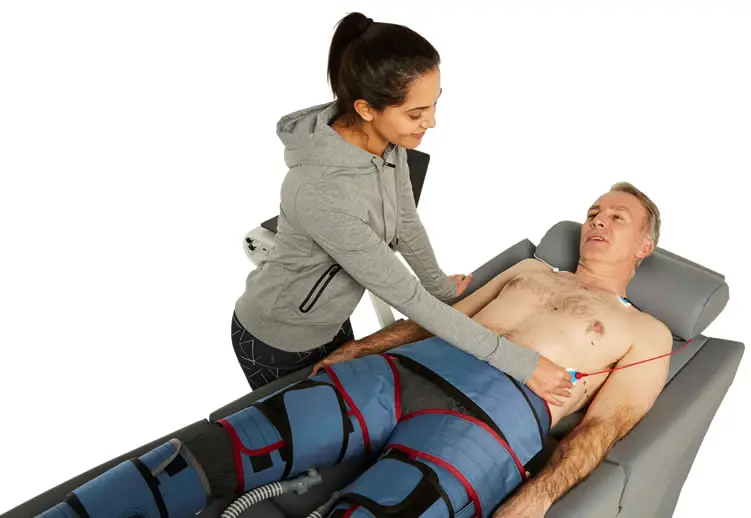
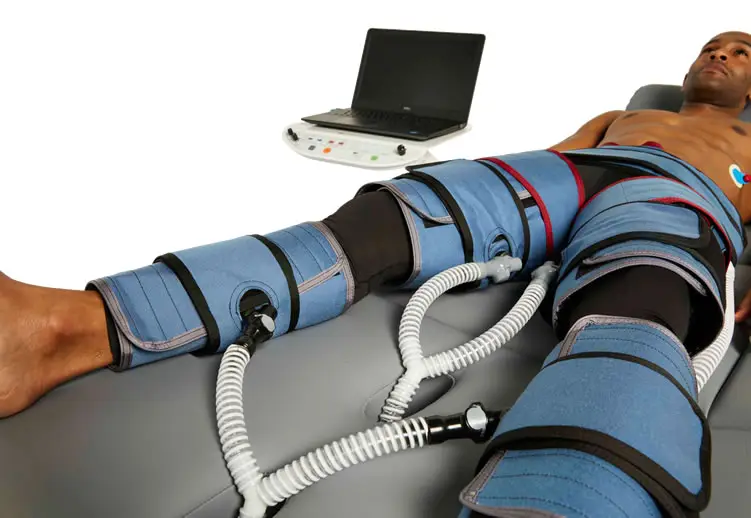
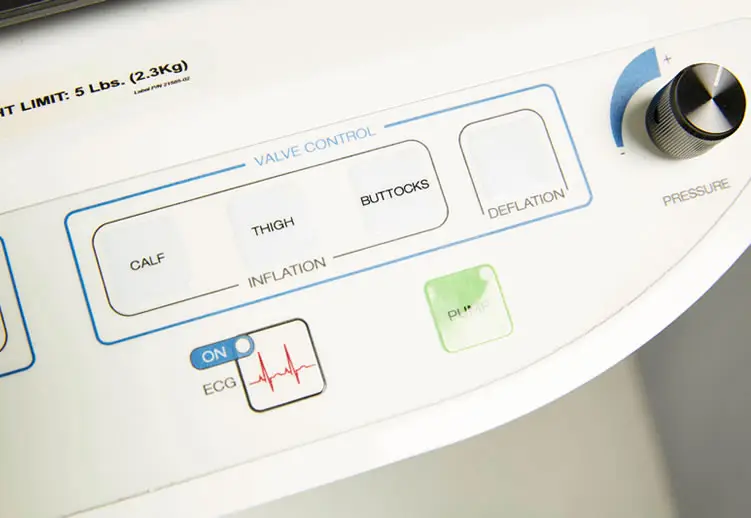
Benefits:
ECP therapy may improve blood flow to the heart, decrease angina (chestpain), enhance exercise tolerance, and reduce the symptoms of heart failure.
Side Effects:
ECP therapy is a safe, non-invasive option for many patients with cardiovascular conditions, offering an alternative when surgery or other treatments may not be an option.
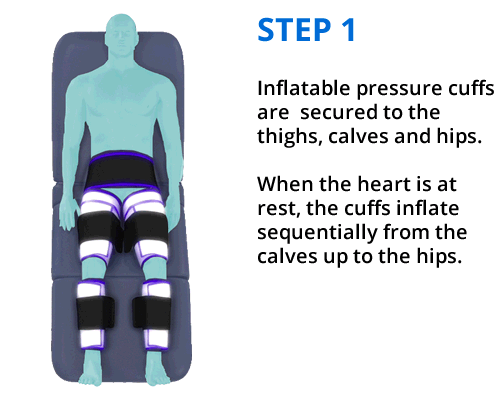
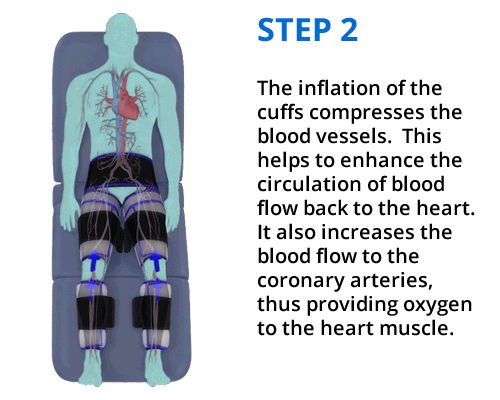
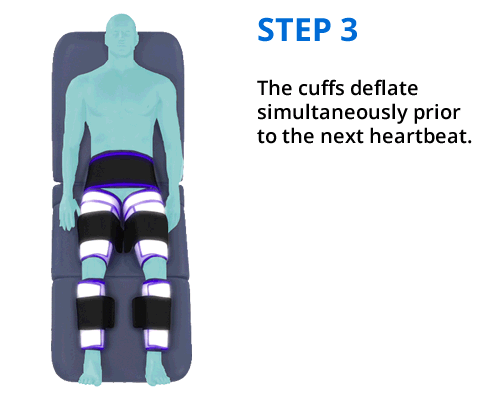
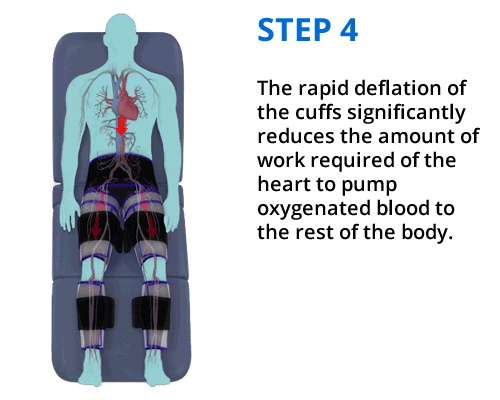
© Copyright 2024. Designed & Developed by Fine World Innovations.
WhatsApp us